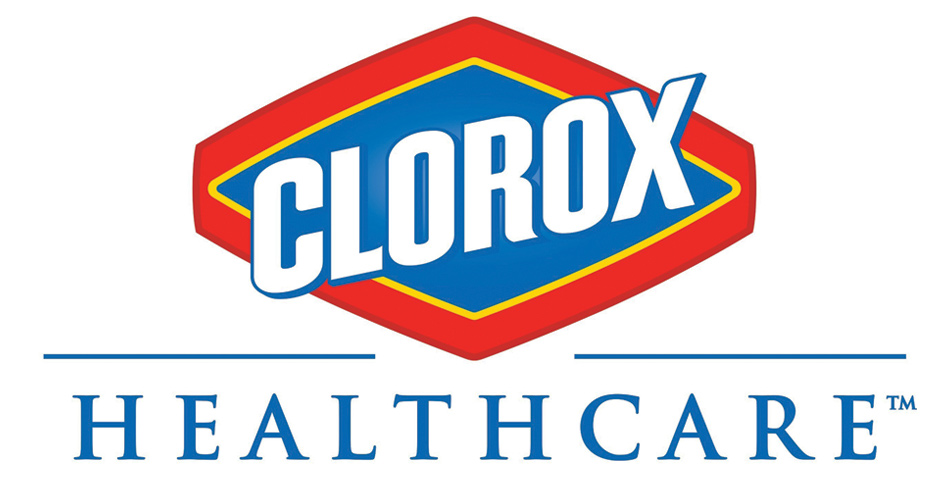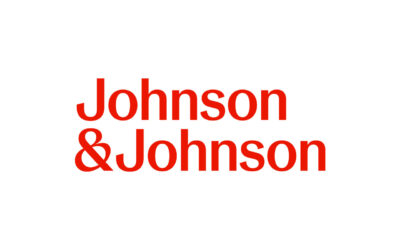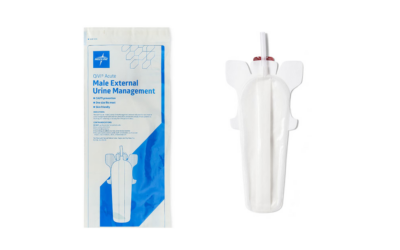Implementing emerging technologies such as ultraviolet-C (UV-C) light emitting devices can help facilities in the fight against hospital-acquired infections (HAIs).1 Despite upfront capital costs, UV-C devices may be cost effective when compared to the direct and indirect costs of these life-threatening HAIs.2 With so much at stake, it is important to implement UV-C technology in the most efficient and effective way possible.
Why Protocol Matters
 Some UV-C device manufacturers recommend a single device placement per room, while others recommend multiple device placements per room. Multiple device placements are essential because UV-C is a line of sight technology and it will only reach the surfaces it can “see”. Since the materials in many hospital rooms absorb UV-C energy instead of reflecting it, it is important to expose key surfaces to UV-C by changing the position of the device. This is especially important in the operating room, where multiple surfaces must be treated in order to protect patients and staff from potentially dangerous pathogens.
Some UV-C device manufacturers recommend a single device placement per room, while others recommend multiple device placements per room. Multiple device placements are essential because UV-C is a line of sight technology and it will only reach the surfaces it can “see”. Since the materials in many hospital rooms absorb UV-C energy instead of reflecting it, it is important to expose key surfaces to UV-C by changing the position of the device. This is especially important in the operating room, where multiple surfaces must be treated in order to protect patients and staff from potentially dangerous pathogens.
UV-C device manufacturer directions for use vary, but for the Clorox Healthcare™ Optimum-UV Enlight™ System, the recommended protocol for most standard operating rooms is three 5-minute cycles. The device is placed in three different positions to ensure maximum exposure of key equipment that may harbor microorganisms. Since the exact layout in every hospital is unique, Clorox Healthcare also offers dose verification cards to help facilities identify ideal device placement for their particular room configuration. The cards change color upon exposure to UV-C energy, and can be placed on surfaces throughout the room to ensure that sufficient UV-C dose for inactivation of MRSA and C. difficile has been delivered to key surfaces.
Maximizing the Impact OF UV-C
When evaluating UV-C technology for use in the operating room, facilities should consider both what the device offers as well as what the device manufacturer can provide to help maximize that investment. Some UV-C devices offer functionality to help facilities improve infection control processes and minimize workflow challenges. For example, the Clorox Healthcare™ Optimum-UV Enlight™ System offers smart data capabilities including a mobile app that allows for cycle status monitoring, remote start/stop, and automatic syncing with a data reporting website. Device data can be analyzed on the reporting website to help identify and solve workflow challenges, conduct device diagnostics, and generate usage reports to communicate the value of UV treatment to facility leadership. Clorox Healthcare also offers workflow support, technical support, and public relations services to help facilities get the most out of their UV-C investment.
Using UV-C effectively is also the key to maximizing impact on HAI rates. Epidemiologists from Penn Medicine recently found that after implementing an enhanced disinfection protocol using the Clorox Healthcare™ Optimum-UV™ System in combination with manual surface disinfection using bleach, C. difficile infection rates decreased by 25%, and the hospital saved an estimated $134,568 to $191,604 in direct medical costs by preventing 21 cases of C. difficile infection.1 Due to optimized workflow and staffing, the study authors observed no negative impact on room turnaround times when using the UV-C devices.
UV-C technology can be a great supplement to manual surface disinfection practices. Taking advantage of both device features and manufacturer services can help maximize the impact of UV-C. Importantly, effective and efficient use of UV-C can help facilities realize a measurable impact on HAI rates.
References
(1) Pegues, D.; Gilmar, C.; Denno, M.; Gaynes, S. In IDWeek (poster presentation); 2015.
(2) Zimlichman, E.; Henderson, D.; Tamir, O.; Franz, C.; Song, P.; Yamin, C. K.; Keohane, C.; Denham, C. R.; Bates, D. W. JAMA Intern. Med. 2013, 173, 2039–2046.









